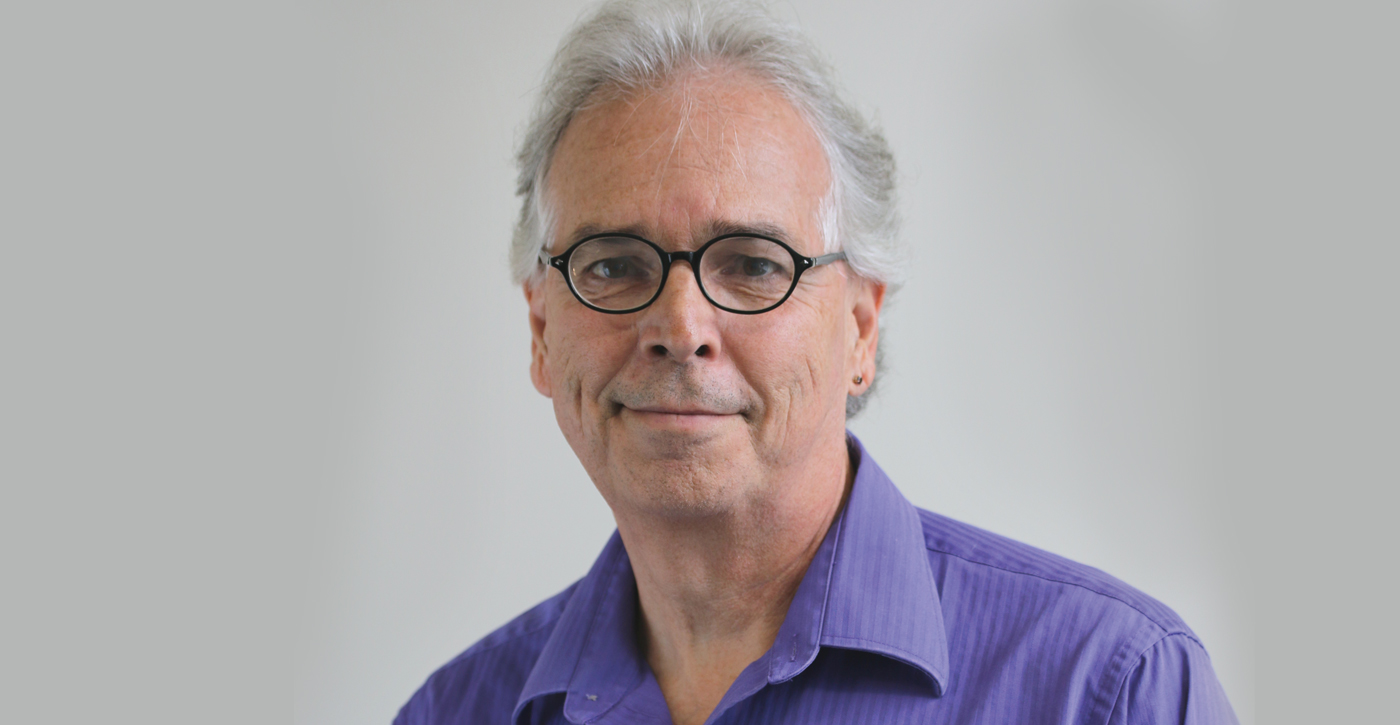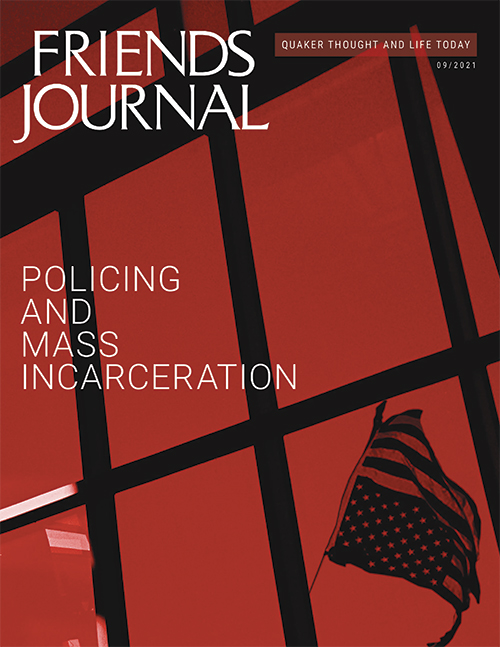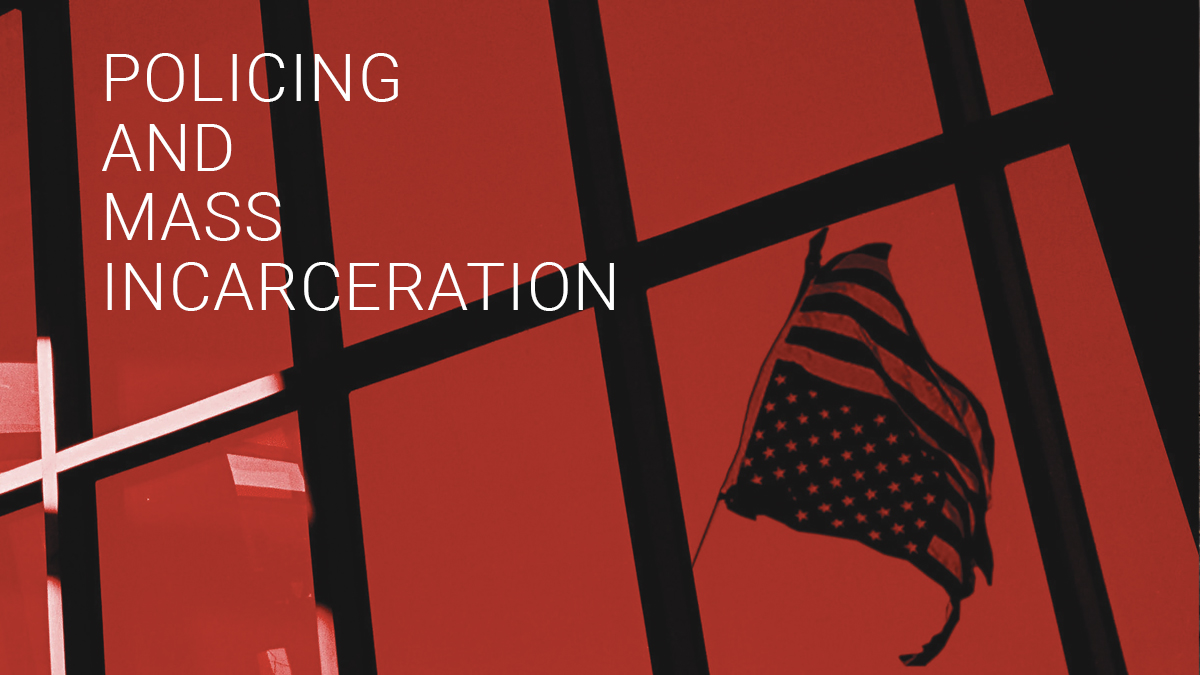An Interview with Jim Moreno
Jim Moreno, a member of Lehigh Valley (Pa.) Meeting, is a death penalty defense lawyer, working for a nonprofit organization in Philadelphia, called the Federal Community Defender Office for the Eastern District of Pennsylvania, or Federal Defenders. He works in the Capital Habeas Unit, a branch of the organization that defends people who have already been convicted and sentenced to death. While Federal Defenders initially represented primarily people on Pennsylvania’s death row, they are now a national representation office, handling cases all over the country. Jim has been working on death penalty cases for about 30 years, representing death row inmates or people facing death sentences in ten different states. Web extra: read the extended interview, More than the Worst Thing They’ve Ever Done.
Joyce Hinnefeld: How did you come to your work as a death penalty defense lawyer?
Jim Moreno: I got interested in the death penalty when I was a kid. I’m from central New Jersey, from a pretty conservative family. My father was pro death penalty, but my mother was ardently opposed to it. I’ve never really explored what the origins of that position were for her, where that came from. But it was something she spoke about quite a bit when I was a kid. And somehow it stuck.
When I went to law school, my goal was to become a public interest lawyer. But I got interested in capital punishment while doing an internship with a lawyer from the University of Maryland School of Law who was doing a death penalty case out of Florida. I worked with him on that case for a semester, and the bug bit. But I didn’t start out as a capital defense lawyer. I started out as a legal aid lawyer in Hartford, Connecticut, because I wanted to get some experience before delving into super-serious cases like the ones I work on now.
JH: I’ve heard you speak about systemic racism, particularly in the courts and the criminal justice system. Have you always been aware of the racism within the system? Has your thinking about this evolved over time?
JM: Even though I like to consider myself fairly well-read, someone who keeps current and all of that, I grew up in our culture. And there are so many things that I didn’t learn about as a kid, as an adolescent, as a college student, as a law student—things that I’m only learning about at this stage in my life.
But my understanding of racism in the criminal justice system certainly has grown by leaps and bounds over the last 30-plus years that I’ve been practicing law. A lot of it, for me, goes back to a U.S. Supreme Court case from the late 1980s, McCleskey v. Kemp. In this case the defendant, Warren McCleskey, alleged that his death sentence was in large part a product of the discriminatory impact of race in the justice system in Georgia. The defense was built on the work of a professor from the University of Iowa, David Baldus, who did a regressive statistical analysis that was very complicated and very thorough. It accounted for nearly 500 different types of variables.
After controlling for non-racial factors, Baldus found that people convicted of killing White victims were 4.3 more times likely to be sentenced to death than people convicted of killing Black victims. So McCleskey’s lawyers presented this study to the Georgia court, arguing that in Georgia, the fact that McCleskey was a Black man made it much more likely that he had been discriminated against. The question presented to the court—first the state court, and eventually the U.S. Supreme Court—was whether a complex statistical study that indicates a risk that racial considerations enter into capital sentencing decisions proves that McCleskey’s sentence is unconstitutional under the Eighth and Fourteenth Amendments.
It was a very strong case, and it was backed by statistics. But the Supreme Court rejected it five to four. They basically held that in order to prevail, a defendant would have to prove that the decision makers in his specific case acted with purposeful discriminatory intent. You can’t prove that. But rejecting the Baldus study denies implicit bias. It denies White privilege. It denies all the things that we’re learning about now.
Justice William J. Brennan, who was one of my favorite Supreme Court justices, wrote an eloquent dissent that was joined by Thurgood Marshall. And one of the things he said in that dissent was that the court was afraid of “too much justice.” Because to accept the Baldus study was to accept the premise that our system of justice is permeated by racial discrimination. And it would mean that we would have to re-invent, re-work, and re-analyze everything that’s gone on before.
JH: You’ve referred to feeling despondent at times about the make-up of the Supreme Court, about the possibility of ever overturning the death penalty, and about the future in general. I know that the rash of executions that happened in the waning months of the Trump administration, combined with the restrictions of the COVID pandemic, made 2020 a particularly difficult year for you. Could you speak a bit about how you keep going, how you persist in doing this extremely difficult work?
JM: We talked earlier about redemption and how it’s easy to focus on the Dennis Countermans or the Jermaine Wrights, people I’ve defended who were demonstrably innocent. But I represented a man in Arkansas during a period when that state had a supply of lethal injection drugs that they thought were expiring, so they scheduled eight executions in ten days. This man’s name was Ken Williams, and he was probably one of the guiltiest people I ever represented. He was convicted of killing five different people when he was quite young. They were brutal, senseless murders. He had escaped from prison, and during his escape, he killed two people. He was sort of a poster boy for the death penalty.
But then he had a kind of coming-to-God moment when he was on death row, in 2004 or 2005. And he completely changed his life. He took responsibility for everything he ever did. He wrote letters of apology; he even admitted to murders they hadn’t connected him to, against the advice of counsel. So he became, instead, a poster boy for redemption, and he became a leader on the row. He was a positive force. He counseled other inmates. The guards loved him. People are often cynical when someone says they found God in prison, but he really did, in a way that worked for him. He was the most impressive person I’ve ever met, but we weren’t able to save his life. He was executed.
By that time he was totally at peace, and he had incredible integrity. He would talk about his past life: what he was like and what he was thinking. And he was amazed that he had ever thought and behaved in the ways he did. But he was first arrested when he was nine years old—nine. He lived in 16 different placements before the age of 18. He went to 14 different schools. He had no stability. He would say, “I became the monster that they grew.”
While we were working on his case, a lot of the guards talked to us about how hard it was, and how terrible. I’d show up at the prison in the morning and there’d be a couple of guards who’d say, “God bless you guys. We hope you’re successful.” Kenny really made a big difference to a lot of people. He read a statement when he was on the gurney, right before they killed him; it was the most amazing statement, filled with such integrity and sincerity. He said:
I humbly extend my sincerest apologies to the families I senselessly wronged and deprived of their loved ones. . . . To Kayla Greenwood and the whole Greenwood family, the acts of grace, forgiveness, and mercy you demonstrated to the person who had taken so much from you by bringing to prison my baby and grandchild right before my scheduled execution; no rapist, murderer, terrorist, butcher, barbarian, not even old Beelzebub himself could withstand such a blast of glorious light and continue to walk in darkness.
JH: Who were the Greenwoods?
JM: Kayla Greenwood, whose father Ken had murdered, was three years old when her father was murdered. She and her family had read that Ken was going to be executed, and that he had a child who was three years old when he was sentenced to death and that he hadn’t seen since then. Kayla decided that his daughter should get a chance to see him. So she and her family found Ken’s daughter, who was living in Seattle, Washington, and they paid for her to travel from Seattle to Arkansas and to bring her daughter, Ken’s granddaughter, who was also three at the time, to meet him. Talk about an incredible act of grace. I called up the commissioner of corrections. It took a lot of wrangling for us to arrange for the prison to let them in.
Kayla had also wanted to meet with Ken; she wanted to give him the opportunity to apologize in person. When I called the commissioner to try to arrange this, her answer was basically, are you kidding me? The defendant and a victim meeting together the day before an execution? We’re not having that. Absolutely not. That’s too much mercy.
JH: Too much mercy, too much justice. These seem to be the themes of our conversation, which is pretty dispiriting. But Ken Williams’s reference to that “blast of glorious light,” and then the humanity and grace of people like the Greenwoods—all of this must be sustaining for you.
JM: It is. It’s moments like that that can get us through some of the harder times, when it’s hard to see where the Light’s going to possibly come from—moments of unexpected grace like that. When Ken found out that his daughter and granddaughter were going to be able to visit him, he talked about being much more afraid of his meeting with them than he was of being executed. Because he had deprived his daughter of a childhood with a father, and she had inherited a legacy of having a father who was a five-time murderer. He was afraid of having to face her. But she showed him grace as well.
Web extra: read the extended interview, More than the Worst Thing They’ve Ever Done.





Comments on Friendsjournal.org may be used in the Forum of the print magazine and may be edited for length and clarity.